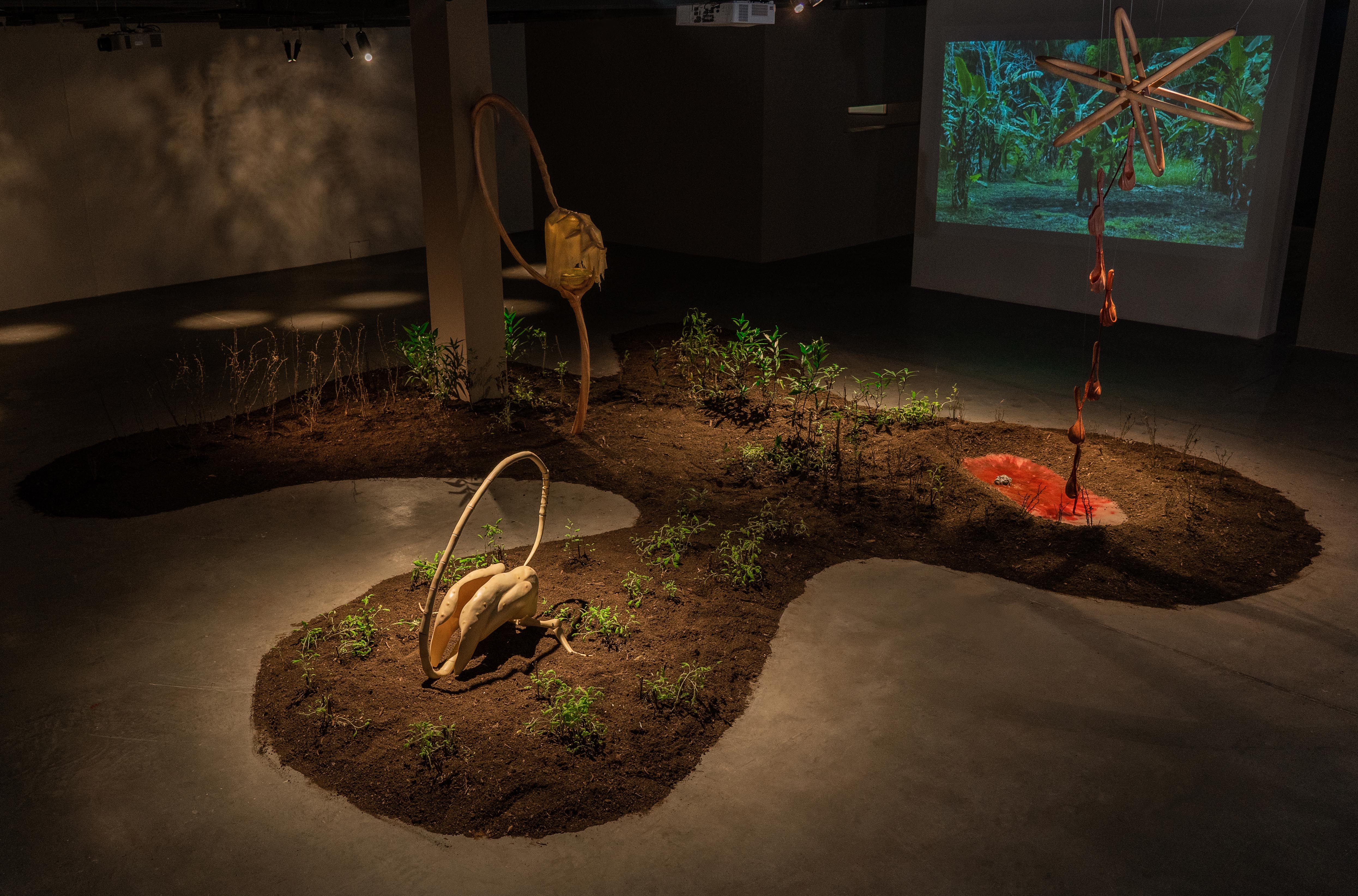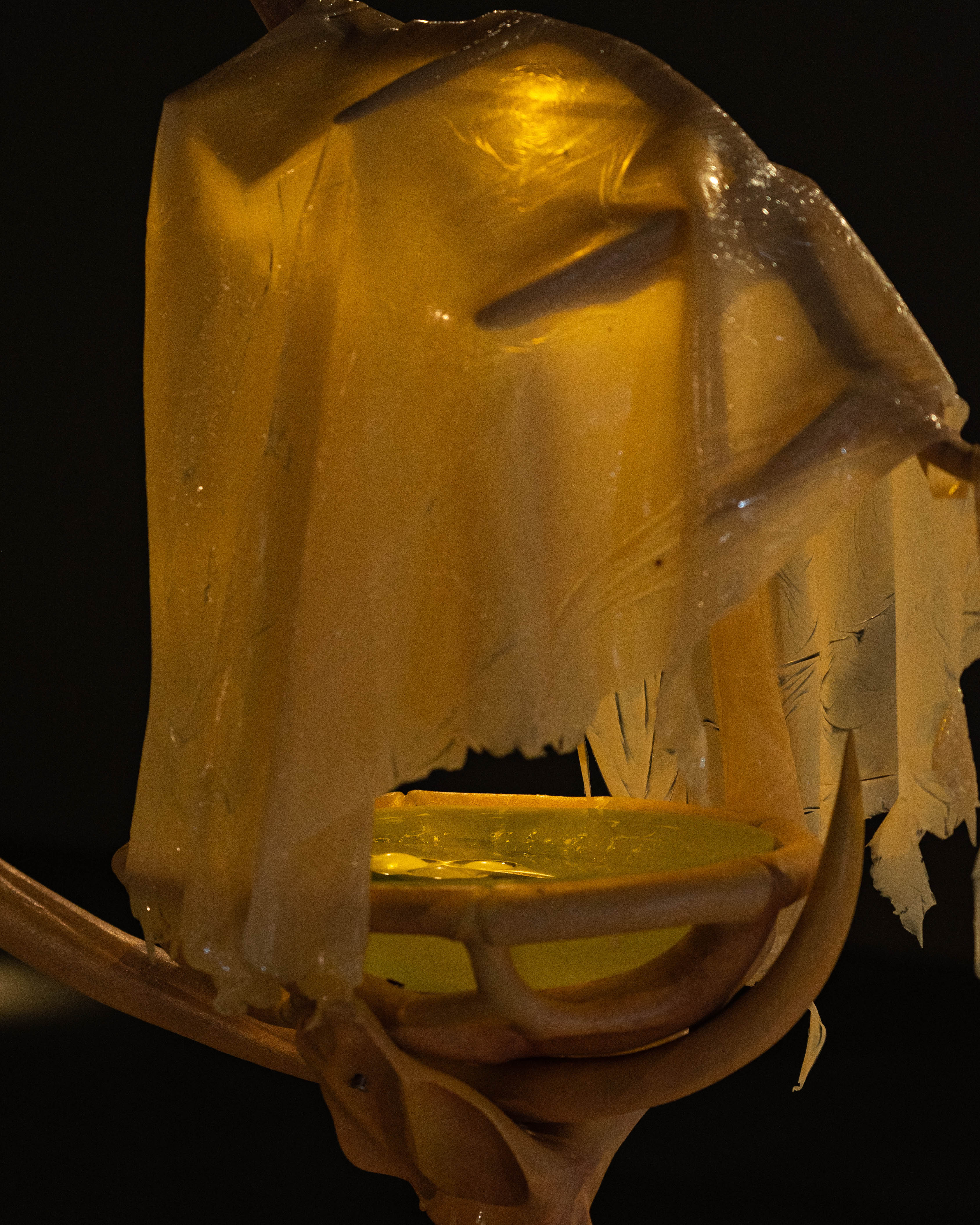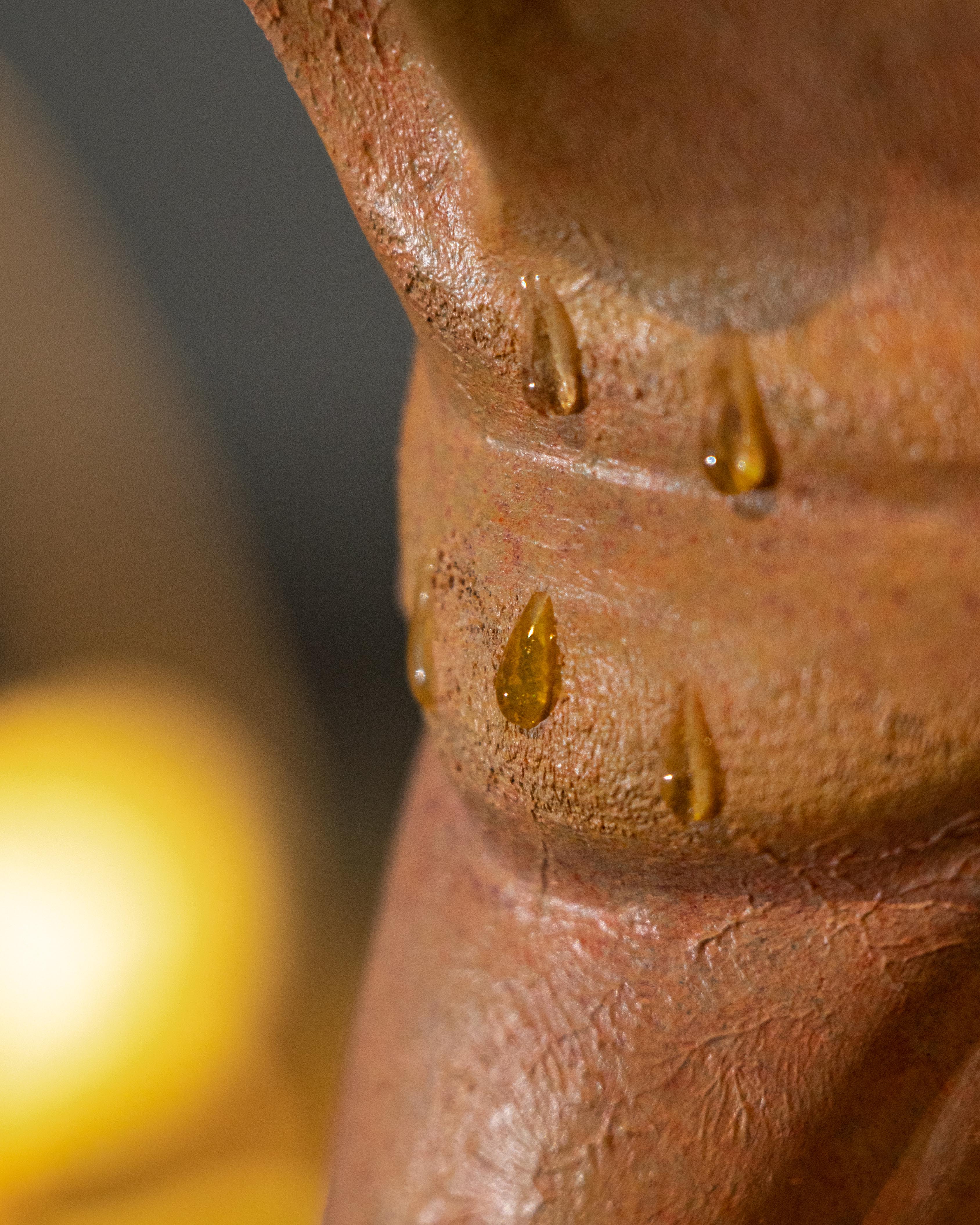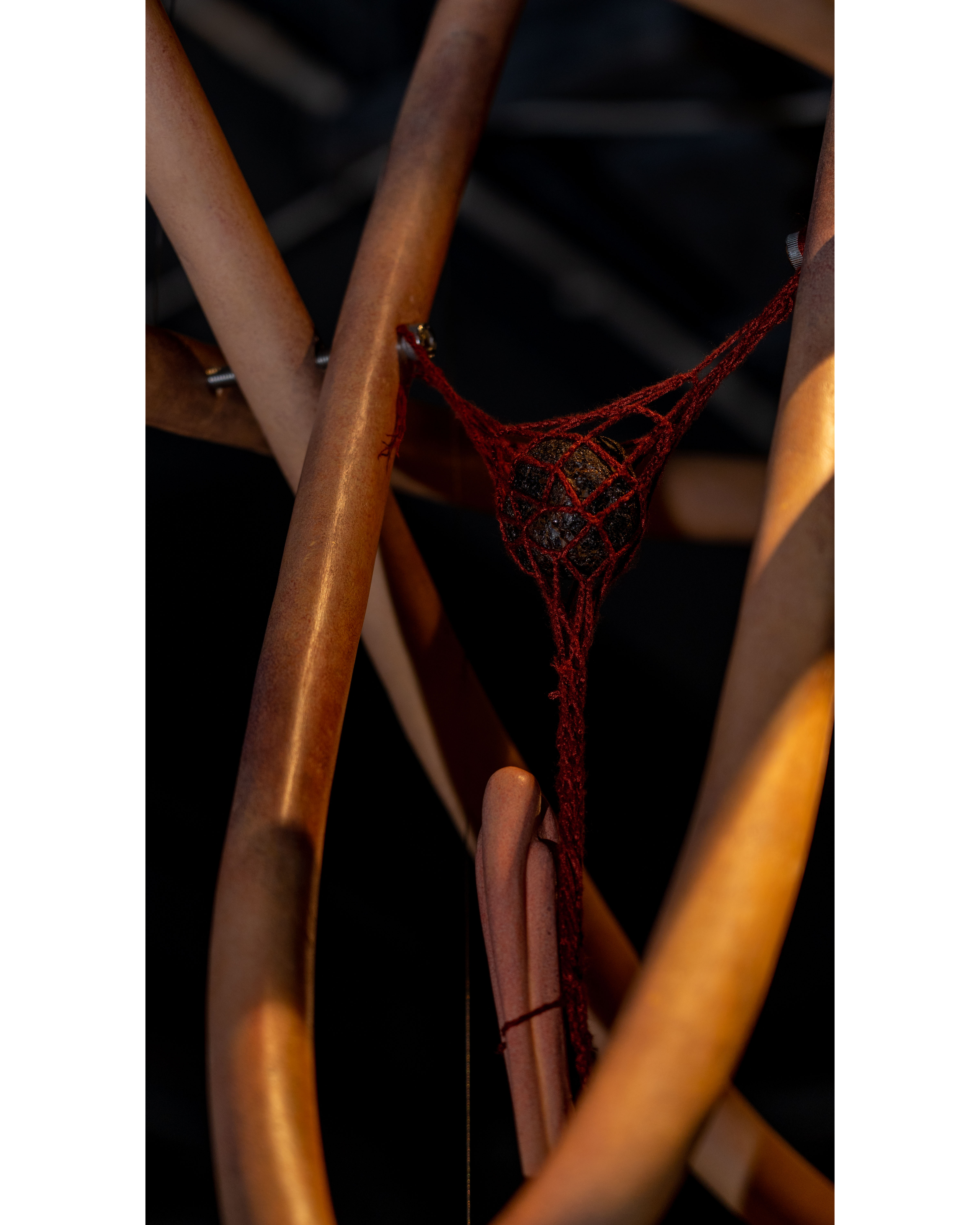BOOMERANG-OCAT Biennale 2021
12/19/2021 — 05/22/2022
OCT Art & Design Gallery, Shenzhen, China
Chief curator: Feng Boyi
“Resonances of One Hundred Things”
Curator: Mia Yu
Group show with:Chen Duxi, Liao Wen, Meryl MacMaster, Khvay Samnan, Tong Wenmin, Tong Yixin, Zhang Wenxin, Zhang Wenzhi
In 1979, a large billboard with the
slogan “Time is money, efficiency is life” was erected at a major intersection of Shekou Industrial Zone in
Shenzhen. The neoliberal values that the slogan blatantly advocated stirred up
much controversy in post-Cultural Revolution China; it nevertheless released
tremendous momentum to China’s Economic Reform and
Opening-Up. Today, the slogan is officially a historical milestone. Over forty
years later, Shenzhen is still a city of acceleration. However, climate change,
environmental crisis and global pandemic prompt us to question the linear
temporality of progress that we once fervently embraced.
Taking place in
Shenzhen within the frame of the 9th edition of OCAT Biennale, “Resonances of One Hundred
Things” invites eight artists to explore and enact
rhythmic exchanges that intricately weave and connect our world. It highlights
new ecological sensibilities that we could possibly gain through the resonances
between human and nonhuman. The Chinese expression of “Resonances
of One Hundred Things” is “Bai
Wu Zhi Xi”. Bai wu literally means “one hundred things” in classical Chinese and
refers to the ensemble of humans, plants, animals and all other non-human
beings. Xi, meaning breath or resonance, points toward the rhythmic movements
of all eco-bodies. It can be considered as both a medium of energetic exchange
and a form of embodied knowledge. Taking inspirations from mythology,
traditional ritual, pre-modern cosmology, non-Western humanistic thought,
geopolitical and technological entanglement, the artists transform essential
forms of rhythmic movements into alternative ecological sensibilities and
critical eco-perspectives. The exhibition attempts to open up an affective
space of artistic encounter and energetic exchange. In such a space, artists
collectively call upon a speculative future while posing the questions: how can
we heal the gap between human and nonhuman? How can we strive for a more
desirable future through giving, care and productive exchange?
Text: Mia YU
“时间就是金钱,效率就是生命”这句诞生于1979年深圳蛇口工业区的口号是改革开放的里程碑,曾给八十年代的珠三角乃至整个中国带来了巨大的动能。四十多年后的今天,深圳依然是一个蓬勃的加速之城。然而面对气候变化、环境危机和全球疫情等人类共同的困境,我们应该如何反思发展主义逻辑下的线性时间观和生命价值观?借“飞去来器——OCAT双年展·2021”的契机,我们重返改革开放的原点,在这里开启一场速度和效率之外的迂回之旅。
展览“百物之息”关注的是人与非人之间通过节奏、共振和感应获得生态感知的多重可能。“百物”,在古语中泛指人、动植物与自然体的集合,以“物”代人的修辞模糊了人与非人的边界;“息”指向呼吸、潮汐、吟唱、朗读、舞蹈、生物蜕变等律动形式,它既是能量交换的媒介,也是具身性的生命知识本身。展览邀请八位艺术家用敞开的视角和多元的媒介探索“物”与“息”之间的交换。他们通过神话、传统仪式、前现代宇宙观、非西方人文思想、东亚地缘政治和监控技术等途径来重思人、非人与自然体之间的复杂缠绕,探索替代式的生态感知的批判视角,给政治生态学的理性思考注入宝贵的感性经验。在风声、鼓声、海浪和机器的嗡鸣声中,人类与人类的他者共同展演着节奏,流淌于作品之间的不仅是“物”与“息”的共识与共情,亦有彼此争议的暗流。以展览为名,“百物之息”带来一场基于情动和共同想像的仪式:如何弥合人类与非人类物种之间的鸿沟?如何通过给予、交换和关怀(而非榨取)获得更加值得拥有的未来?
撰文:于渺








